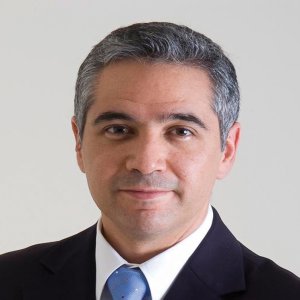Brand Diversity Helps Door Interior Suppliers
STORY INLINE POST
Nissan’s investment in Aguascalientes brought with it a host of suppliers, which set up shop in areas immediately surrounding the plant as well as further afar. The OEM’s traditional suppliers in Japan were pressed to establish operations in Mexico to fuel the company’s local growth. In turn, these have found room for growth, often surpassing their initial expectations. Kasai, a Tier 1 supplier of interior parts, established a plant in Mexico to supply Nissan with interior door fittings. Globally, Kasai supplies Japanese OEMs including Nissan, Mazda, Toyota, Hino Motors, Daihatsu, and Mazda, and although Nissan has been its main focus in Mexico, Kasai has been reconnecting with old friends on new shores. Shuichi Sekino, Director General for Kasai México, explained that opportunities to expand its client base came quickly, doubling the company’s size in Mexico in just five years. “Honda has its main Tier 1 suppliers in the US, but when it started producing the CRV in Guadalajara, it began to search for suppliers in Mexico and preferred to go with a Japanese company.” With Nissan, Honda, and Mazda steadily expanding operations, Sekino predicts another doubling of growth for the supplier in a few years.
Being well-positioned to capture fresh demand from Japanese OEMs clearly presents opportunities but these also exist through non-Japanese companies looking to source more content locally. Establishing a new supplier relationship is not easy however, as Sekino explains. “Supplying to a new non-Japanese client involves a very complicated procedure. We have been in contact with German OEMs, including Volkswagen, BMW, and Daimler. We have been notified by them that Kasai is a possible candidate to provide door fittings for their supply network, but the competition is fierce.” Another big problem for suppliers is the small volumes of auto parts often needed by the OEMs. “The volumes requested by many OEMs are not as high as what we are used to with Nissan. For example, Volkswagen wanted fittings for just one car model,” says Sekino. The prospect of low volume orders from a client means weighing up economic viability against experience gained. “Even if the requested volume is quite low, we still need to invest in new machinery and production systems for different parts. For example, our injection machine is the same machine needed for our Nissan, Mazda, and Honda parts, so that way we can maximize our capacity use. We cannot necessarily benefit in the same way from German volume demand.” This is because German technology differs from Japanese technology and a specific capacity is needed to fabricate parts and moldings for German OEMs. Despite all of these challenges, Sekino says that these potential relationships will end up bringing a lot of business to Kasai’s doors. Further adding to his reluctance to incorporate whole new equipment, Japanese technology is still being adapted to the Mexican market, and Sekino explains that Kasai has developed a unique type of press molding that it is looking to bring to Mexico. “Kasai Press Molding is vertical, unlike most horizontal injection molding. This enables us to adjust the height of the pieces, use two or three different materials at once, and alter thickness, which helps in the creation of lighter pieces,” says Sekino. Kasai has not yet brought this technology to the Mexican market as it needs a commitment for a certain volume first




















